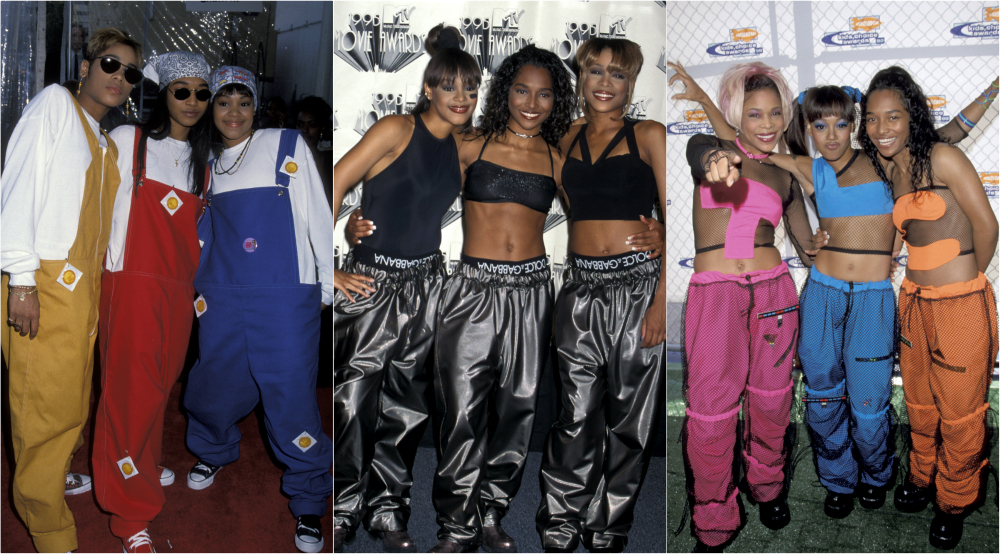

This practice comes from prisons, where belts are not allowed for their potentially-lethal purposes (as reported by CNN), as well as from poor urban communities who could not afford new clothes, therefore passing them down from one family member, to younger, smaller members. The style of "sagging" pants (wearing pants below the butt) was still a common practice. Oversized jeans and cargo pants were still prominent in hip hop. Heavily influenced by rappers such as Nas, Jay Z, Biggie, and Tupac, to name a few, hip hop now celebrated thugs and gangsters. Even Chanel joined in and featured models carrying the classic look of hip hop: black leather-based jackets and gold chains, or black clothes with silver chains.Īs the mid and late 90s approach, the narrative of hip hop took a turn as what is now know as the golden era of hiphop. Brands like Dickies, Chuck Taylors, and Raiders contributed to the popularization of pants, sneakers, and baseball caps, respectively. Hip-hop fashion for women and men became different Guys preferred saggy jeans, sunglasses and heavy workboots, while women wore tighter jeans, bell bottom jeans, and tube tops.

We were also introduced to hiphop accessories such as cazal eyeglasses, oversized name tags manufactured from gold placing from chains, rings and heavy earrings suggesting wealth and prestige. Nike baseball caps, neon apparel and even carrying garments backwards became the brand new trend. No more african medallion leather necklaces. The support of these billion-dollar brands helped push the narrative of what hip-hop should "look" like. This was where the big brands stepped in.Īs big brands including FILA, Adidas and Nike saw the success of hip hop, they wanted in on the actions. Unfortunately, this movement did not last as major record labels found it more profitable to capitalize on selling meaningless fantasies of drugs, sex, and money in hip hop. Rappers were seen rocking the red, black and green African medallion, fitted snapbacks, leather bomber jackets, blousy pants, fitted jeans, afros and/or dreadlocks. Hip hop fashion around this time was educational, empowering, and fun with a reflected of traditional African culture. These individuals were building a movement out of the creativity of a new generation of outcast youths with an authentic, liberating worldview. In this time, hip-hop was influenced by artists like Afrika Bambaata of the Universal Zulu Nation, A Tribe Called Quest, De La Soul, and Brand Nubians. Hip hop was building it's character through fashion and the world was curiously watching.įrom the late 80s and early 90s, hip-hop fashion was heavily influenced by knowledge of self. One in which would mark the end of an era and the beginning of a new one. As hip hop gained popularity in the 90s, it was evident that a new fashion style was emerging. 90s hip hop has been a pillar in creating innovation in music, and fashion.


 0 kommentar(er)
0 kommentar(er)
